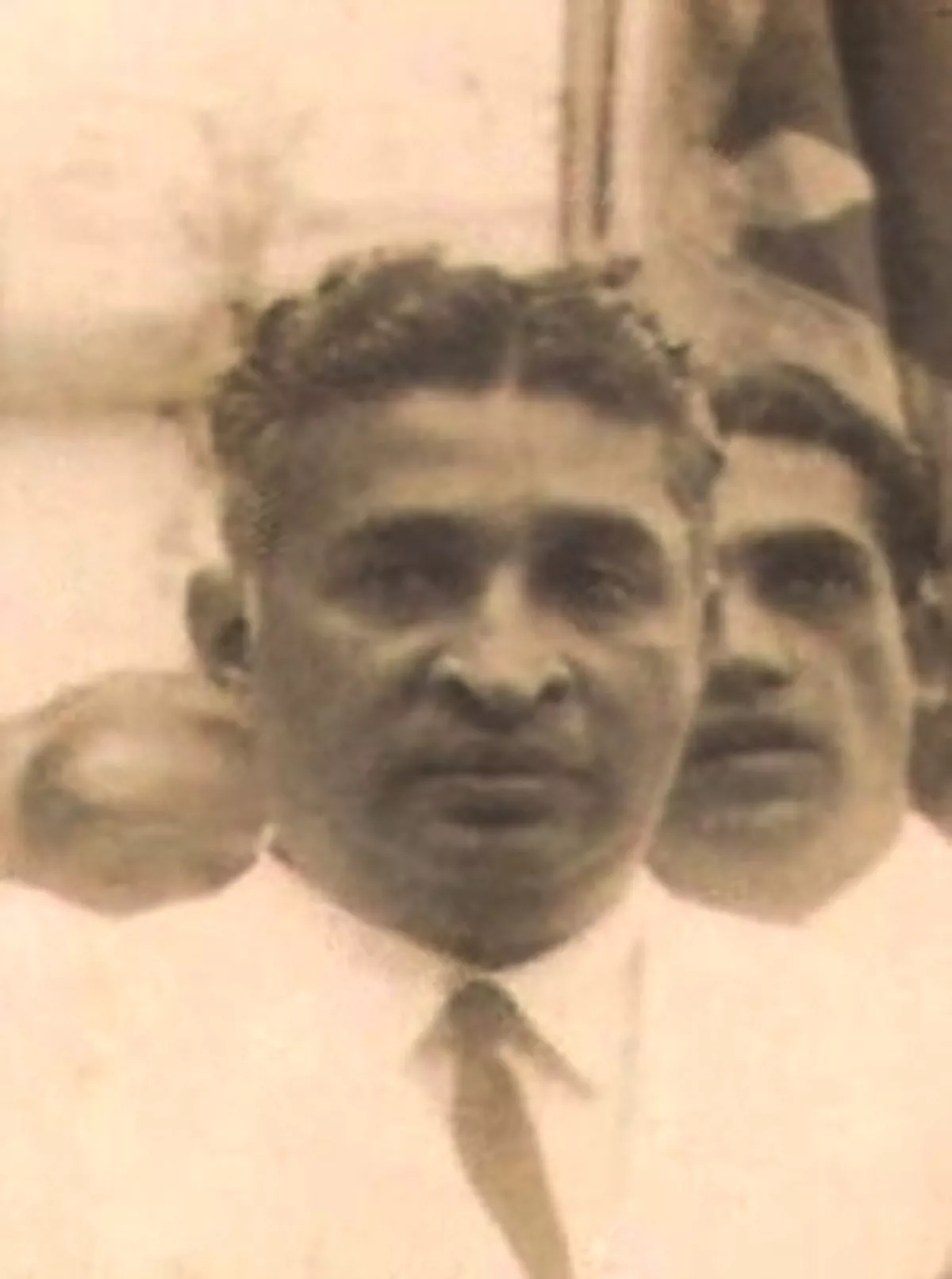 1.
1. Dudley Senanayake, who was educated at S Thomas' College and at Corpus Christi College, Cambridge, qualified as a barrister before entering national politics in 1936 when he was elected to the State Council and succeeded his father as minister of agriculture and lands in 1946.